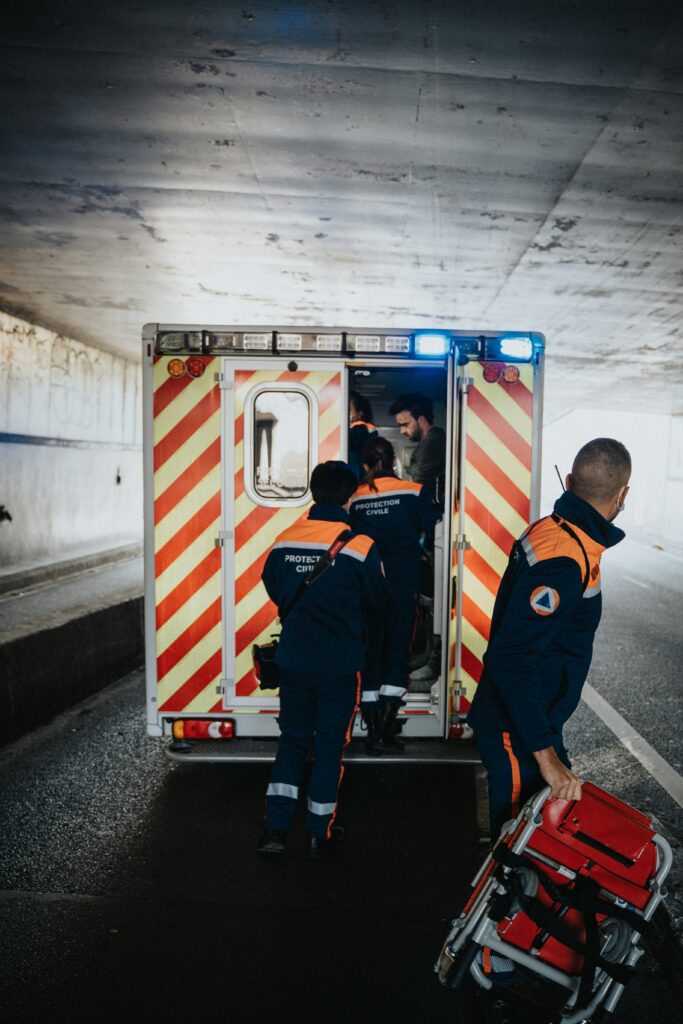Understanding the Jaws of Life: How Rescue Teams Save Lives
The Jaws of Life is a powerful rescue tool used by emergency teams to free individuals trapped in vehicles after accidents. This hydraulic equipment has saved countless lives and is a crucial part of emergency response. Here’s what you need to know about the Jaws of Life, how they work, and why they are critical in saving lives.
What Are the Jaws of Life?
The Jaws of Life is a hydraulic rescue tool used to extricate people from trapped vehicles. The tool’s jaws can spread, cut, or pry open a vehicle, allowing rescue teams to reach victims in dangerous situations. The device’s powerful hydraulic system makes it possible to cut through metal, glass, and other materials.
How Do the Jaws of Life Work?
The Jaws of Life work using hydraulic pressure. A pump generates immense force, which powers blades that can cut or spread vehicle parts. The primary types of Jaws of Life tools are:
- Spreaders – Used to pry apart metal and other materials.
- Cutters – Designed to cut through metal vehicle parts.
- Rams – Used to apply force and spread parts of the vehicle.
Rescue teams use a combination of these tools to safely extricate victims from damaged vehicles.
Why the Jaws of Life Are Crucial in Car Accidents
Accidents often leave vehicles severely damaged. The Jaws of Life allow rescue personnel to access victims even in challenging conditions. The faster victims are removed from wrecked vehicles, the better their chances of survival. Quick extrication is especially crucial when there are fire, smoke, or medical concerns.
The Role of Rescue Teams
Emergency responders receive specialized training in using the Jaws of Life safely. The tool is powerful but requires precision to avoid causing additional harm to victims. The rescue team’s experience and expertise are essential for successful extrication.
The Evolution of the Jaws of Life
The Jaws of Life have evolved significantly since their invention in the 1960s. Today’s models are lighter, more portable, and more efficient. Newer tools can handle a wider range of modern vehicle designs, making them more versatile and useful in different rescue situations.
Conclusion
The Jaws of Life is an essential tool in saving lives during car accidents. By quickly and effectively removing victims from wrecked vehicles, this tool plays a critical role in emergency rescues. With continued innovation and training, the Jaws of Life will remain a vital part of rescue operations for years to come.

